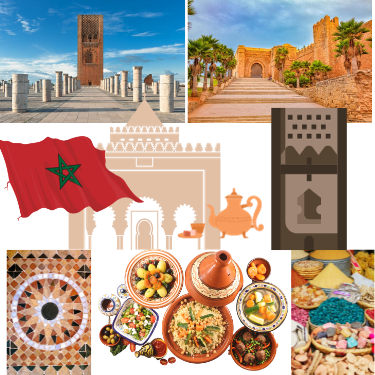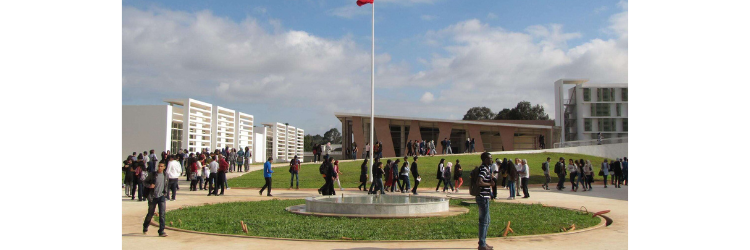Rabat, Maroc

Rabat, the capital of Morocco, is a city of contrasts, where history and modernity coexist. Founded in the 12th century by the Almohads, it is home to many historical monuments, witnesses to its rich past, but it is also a dynamic city in full growth.
Located on the Atlantic coast, in the north-west of Morocco, Rabat is the result of a fruitful dialogue between the Arab-Muslim past and Western modernism. The site includes the "new city", designed and built under the French Protectorate from 1912 to the 1930s, including the royal residence, colonial administrations, residential and commercial complexes, the Jardin d'Essais - botanical and pleasure garden. There are also old parts of the city that sometimes date back to the 12th century. The "new city" represents one of the largest and most ambitious urban projects of the 20th century in Africa, probably the most complete. The old parts house the Hassan Mosque (construction began in 1184) as well as the Almohad ramparts and gates, the only surviving vestiges of a major project for a capital city of the Almohad caliphate. There are also vestiges of the Morisco principality, or Andalusian, of the 17th century.
Hassan II Agronomic and Veterinary Institute, Rabat

As a multidisciplinary polytechnic center, the IAV provides initial and continuing education for specialists in life and earth sciences (Engineers, Veterinary Doctors, and PhDs in Agronomy). The institute actively contributes to the modernization of agriculture through the conduct of innovative research programs that meet the expectations and needs of a constantly evolving agricultural world.
